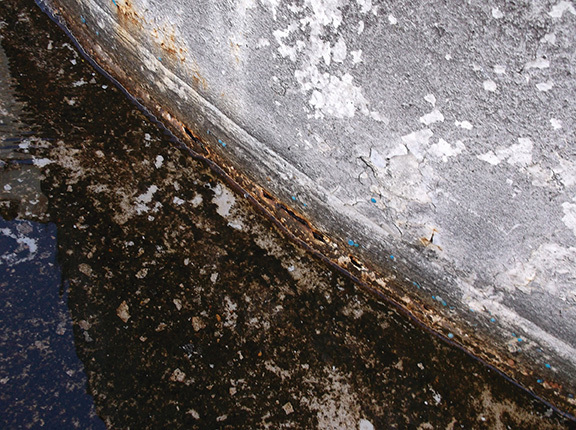Ethanol Tanks—Have They Been Inspected Lately?



BBI INTERNATIONAL, Sue Retka Schill
March 29, 2013
BY Erika Henderson
Advertisement
Advertisement
Related Stories
The U.S. EPA on June 18 announced 1.75 billion RINs were generated under the RFS in May, down from 2.07 billion that were generated during the same period of last year. Total RIN generation for the first five months of 2025 reached 9.06 billion.
The U.S. EPA on June 18 published updated small refinery exemption (SRE) data, reporting that 20 new SRE petitions have been filed under the RFS during the past month. According to the agency, 189 SRE petitions are currently pending.
Blue Biofuels has annoucned the issuance of a new U.S. patent, further strengthening the company’s expanding intellectual property portfolio. This latest patent brings the company’s total number of granted patents to seven.
U.S. fuel ethanol production was down 1% the week ending June 13, according to data released by the U.S. Energy Information Administration on June 18. Stocks of fuel ethanol were up nearly 2% and exports were up 8%.
The USGC and the Secretariat of Energy Development of the State of Tamaulipas in May signed a MOU establishing a cooperative framework to promote ethanol vehicle programs to decarbonize public transportation and support U.S. ethanol exports.





